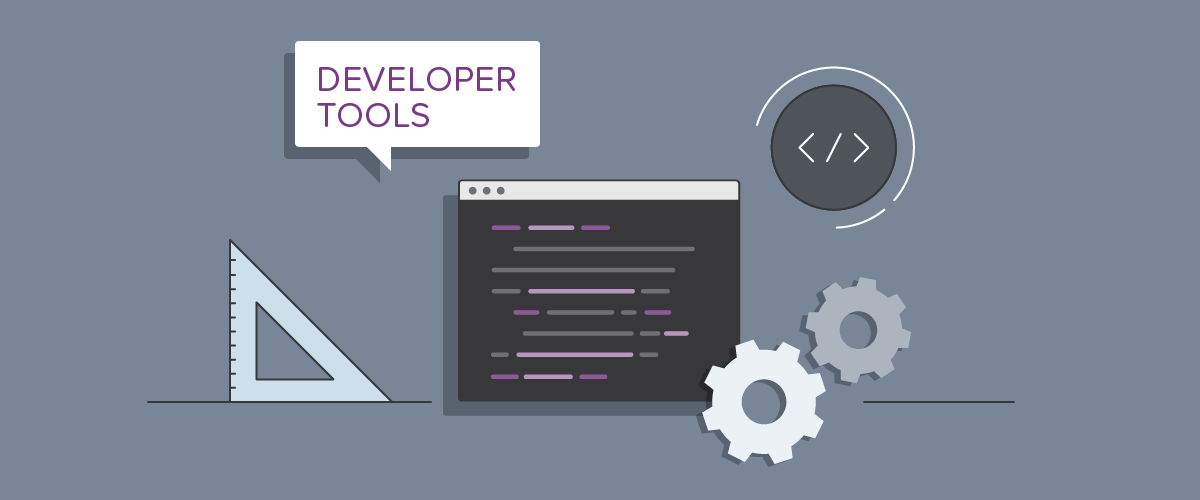It's Here! Recurly's API v3 is Now Available

Hello fellow subscription billing enthusiasts! It is my pleasure to share with you fantastic news of Recurly's API v3. The API is now available to everyone! Read on for a brief history of the API, its newest features, and links to our new Developer Portal and client libraries!
Recurly API v3 was initially built as an API exclusive to integration partners working with Recurly for 3rd-party system synchronization, with a primary focus on “read” requests to the platform. After several months of stable operation in production, we took it to the next level and augmented the API with “write” requests, to provide it as a full offering for customer integrations. We then launched an early access period, with participation by several existing Recurly customers, in order to road-test it before general availability. Now that the API is available to everyone, we’ll continue to iterate on it, adding new functionality regularly.
Let’s discuss some of the benefits of this new API, as it relates to you, our beloved merchants.
JSON improves API network performance, resulting in faster processing of business logic which could impact subscriber conversion rates.
Based on the Open API Specification, which enables automated generation of Documentation, Client Libraries, and Code Examples. The automation of these aspects are key to Recurly’s ability to scale our Developer Experience.
Reduced errors in Documentation and Code Examples due to less reliance on manual updates.
All v3 Client Libraries contain the most up-to-date support for Recurly platform features, reducing fragmentation that has occasionally occurred with v2 Client Libraries.
All new client libraries created for
v3 include Ruby, Node, .NET Core, Python,
and Java. More clients will be added in the future. Check out the currently available official client libraries
.
We’re all extremely excited about the API v3 and where it will take you on your journey with Recurly. If you’re looking for a place to start, we suggest the new Developer Portal for an overview of how to kick off your integration.

